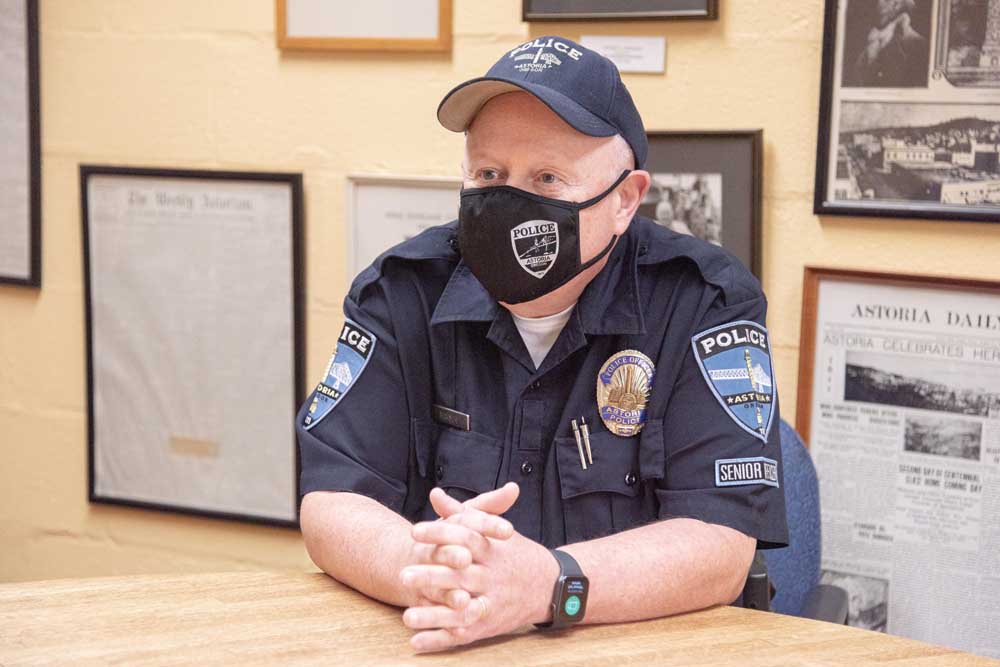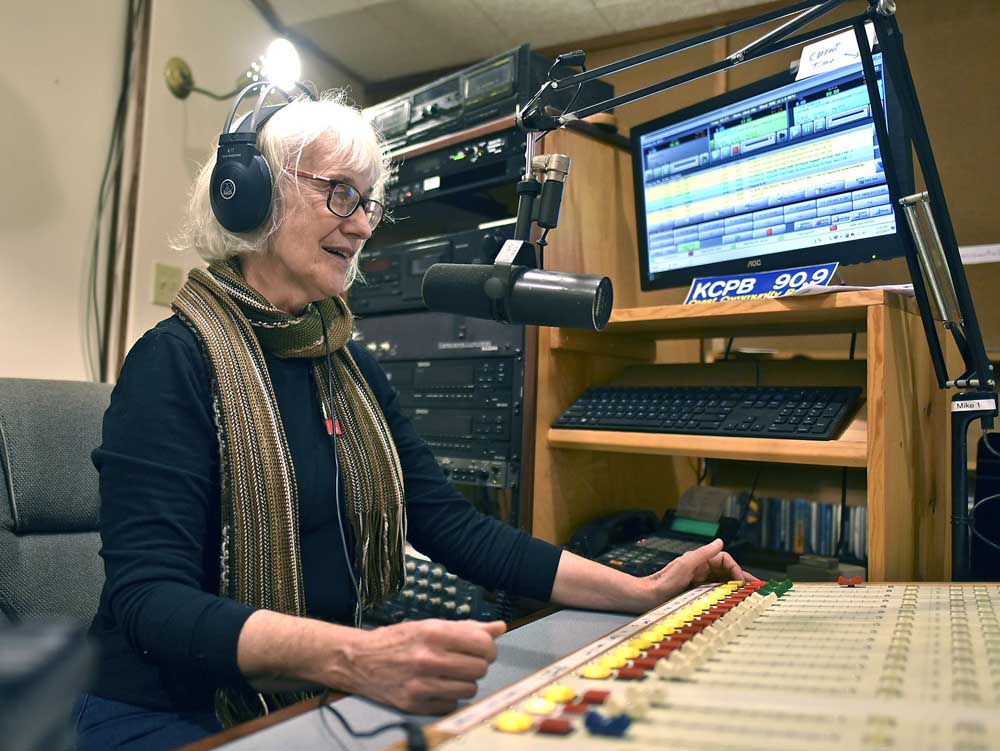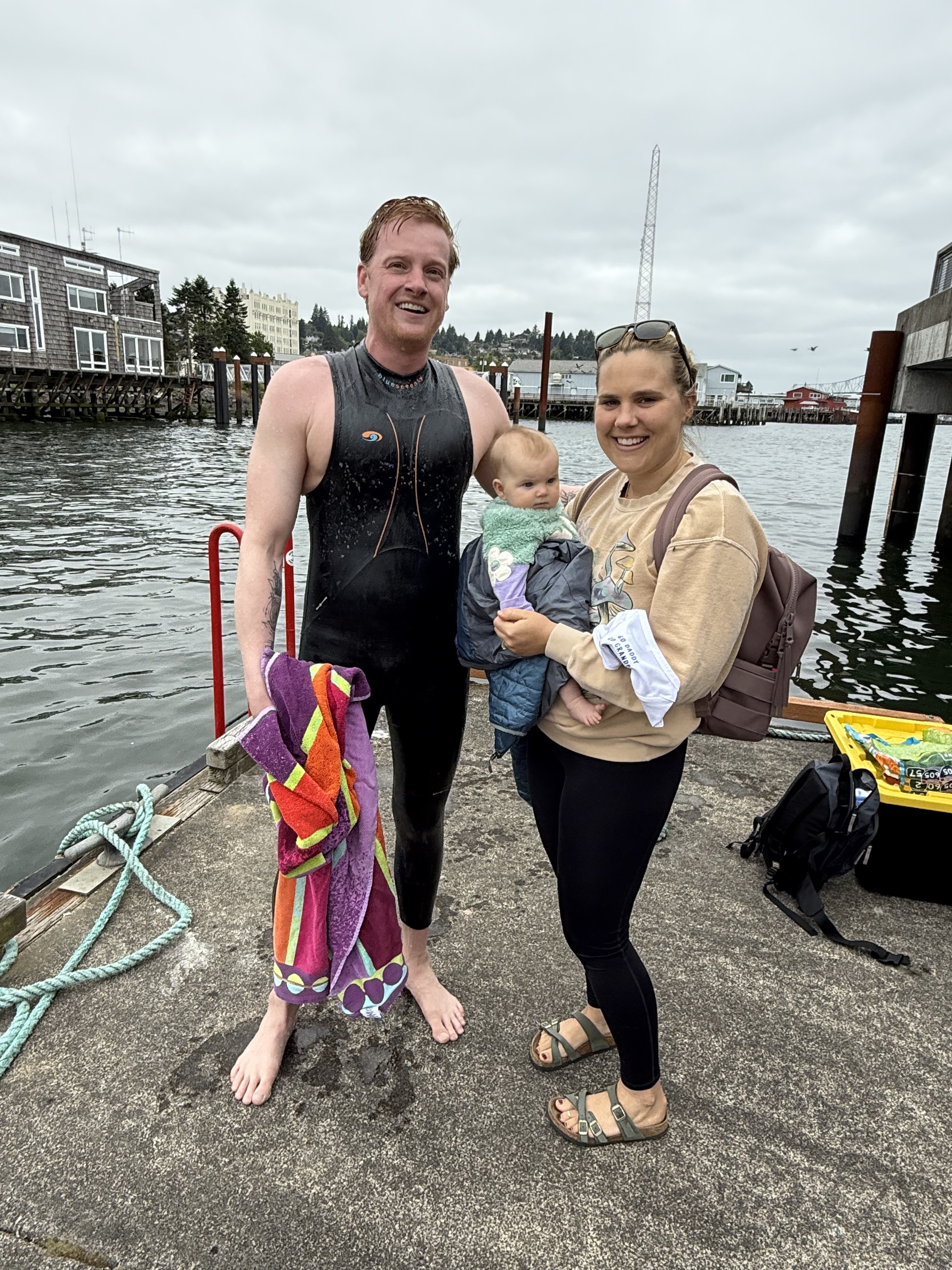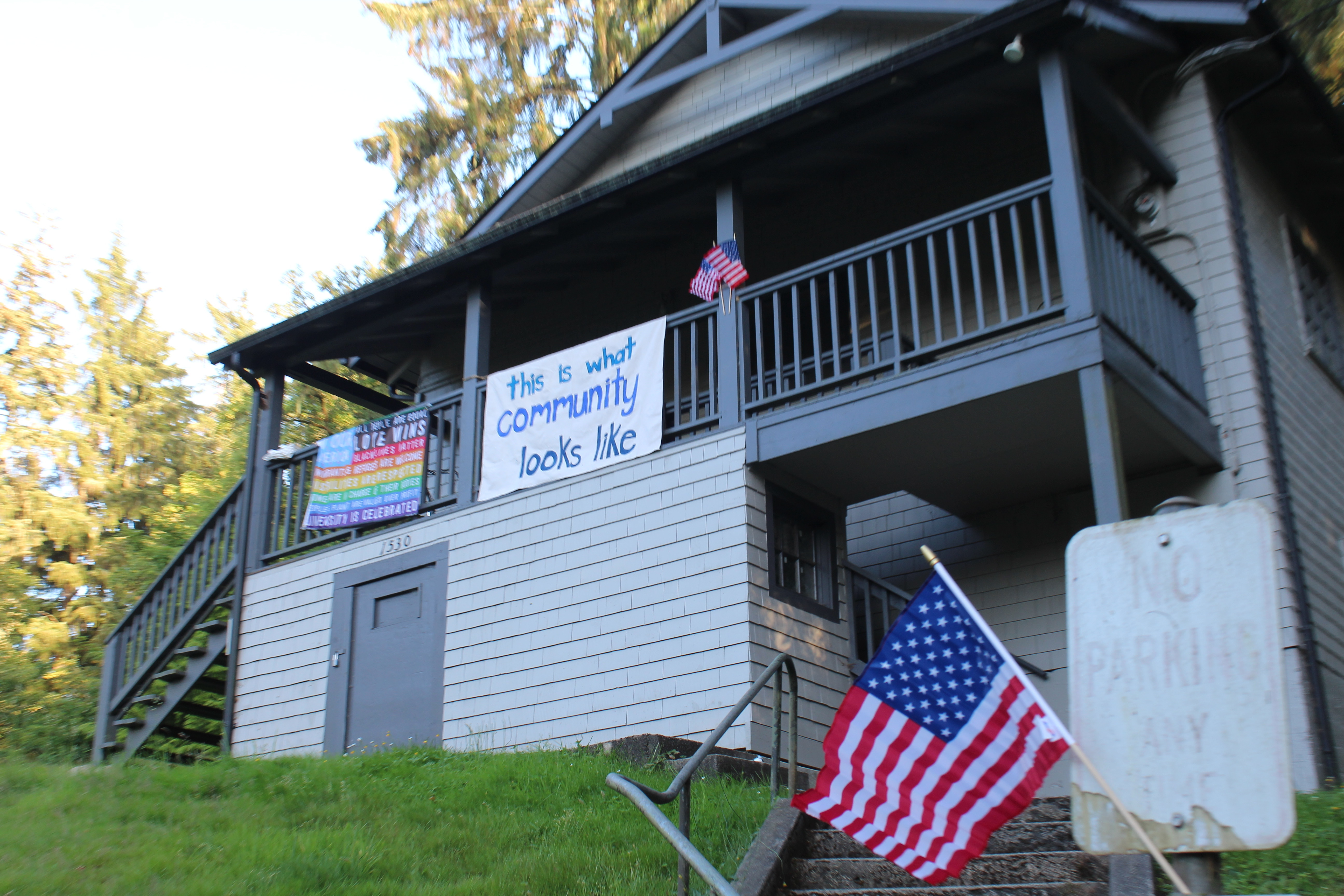Behind the News: ‘There’s no cookie-cutter approach to homelessness’
Published 12:30 am Saturday, March 19, 2022

- Kenny Hansen is a detective with the Astoria Police Department.
Kenny Hansen has a street-level view of the changes in Astoria over his 33 years as a police officer.
Trending
For the past several years, he has served as the police department’s homeless liaison, building trust and relationships out on patrol.
While there are success stories, homelessness has become more visible downtown and the city is under increasing pressure to take action.
“I think it’s important to let the community know that as a city, a police department, we are doing everything we can within our power,” said Hansen, a detective. “I totally understand the frustration. I have experienced some of the frustration on a personal level myself.
Trending
“I can totally relate to where the community is coming from.”
But Hansen knows it can be a slow, uneven process.
“We are very open to suggestions if the community has suggestions. We are very open to listening, because we’re looking for answers ourselves,” he said.
“And in a broader term, the state, the country, is looking for answers, because it’s not unique to just Astoria, Clatsop County. If you look around, it’s the entire country.”
In an interview, Hansen discussed what he has learned about homelessness, the challenge of responding to bad behavior downtown and some of the tools the city is exploring to address quality of life concerns.
Q: As the homeless liaison officer, what have you learned about homelessness that you did not know before?
A: I learned that everyone has their own story.
Everyone has a reason behind where they’re at today. Some are similar. Some are not so similar.
I look at each person as their own book. And in their book, they have different chapters in their lives.
I look at each situation on an individual basis. There’s no cookie-cutter approach to homelessness.
Q: Over the past several years, we have increasingly seen homeless camps move from the woods and along the Astoria Riverwalk to downtown. What is your perception of how the city’s homeless population has changed?
A: They were up in the woods for some time, and then, a couple years ago, we made an effort to move them from the woods because of issues and things like that that were happening up there.
So when that happened, it displaced them, to where then they’re moving into the downtown area and other locations.
I think that was unforeseen at the time — not realizing what was going to happen, what it was going to be like.
Because it’s something we’ve never experienced before in this community. It’s something new. Today, even, we’re still learning as we go along.
We learned what works, what doesn’t work, and always, always open to trying new ideas.
Q: The count hasn’t been exact, but do you sense it’s larger than it was a few years ago?
A: I think it is larger.
And that’s based on seeing more people in RVs, more people in regular vehicles, and just more people camping in general.
Q: Police have struggled to respond to bad behavior downtown. Some of this behavior is linked to homelessness, mental illness and drug and alcohol abuse. What do you say to business owners and residents who are frustrated by what they see?
A: I try and explain to them that we’re doing everything we can.
In some situations, we’re only able to do certain things that the law allows us to do. We work with the person or people who are causing problems downtown to try and help them understand their behavior is not acceptable and offer them resources, offer them help to try and turn their behavior around.
Q: It seems the approach Astoria police have taken to this issue has diffused a lot of the challenges that we have seen in other cities. Is this a deliberate approach?
A: I think what we’re doing is a deliberate approach, because we’ve seen what works and doesn’t work in other cities.
Like anything, we try and take the things that work and maybe tweak them around a little bit to fit our community and what would work there.
Q: The city is looking at several tools to address quality of life concerns. One option would be to temporarily exclude people who have repeatedly committed crimes or engaged in bad behavior from the Garden of Surging Waves, the Riverwalk and other places. From a police perspective, how do you think this would play out?
A: I think it would play out in a positive way.
A lot of the people we deal with in like the Garden of Surging Waves area, I’ve noticed that they have lacked structure maybe growing up — they never had it, or they have lost it, which has led to them having a feeling of maybe they can do whatever they want to do with no accountability.
I think with structure — like the exclusion zone — it’s kind of like giving them a timeout. You behaved this way so many times, so at this point you cannot come back here for this amount of time.
So with their actions come consequences and, hopefully, they can correct their behavior. And during that exclusion time they can jump into getting some resources for what caused their behavior and things like that.
That’s something that I always look at: What’s going to correct this behavior on a permanent basis? Not what’s going to fix it for this moment. I look at the long term.
I try to get people connected with treatment, mental health, things like that. I am probably one of the biggest advocates of the crisis response team from Clatsop Behavioral Healthcare. I probably use them more than most of our other officers. They’re a great resource to get people into their system and things like that.









